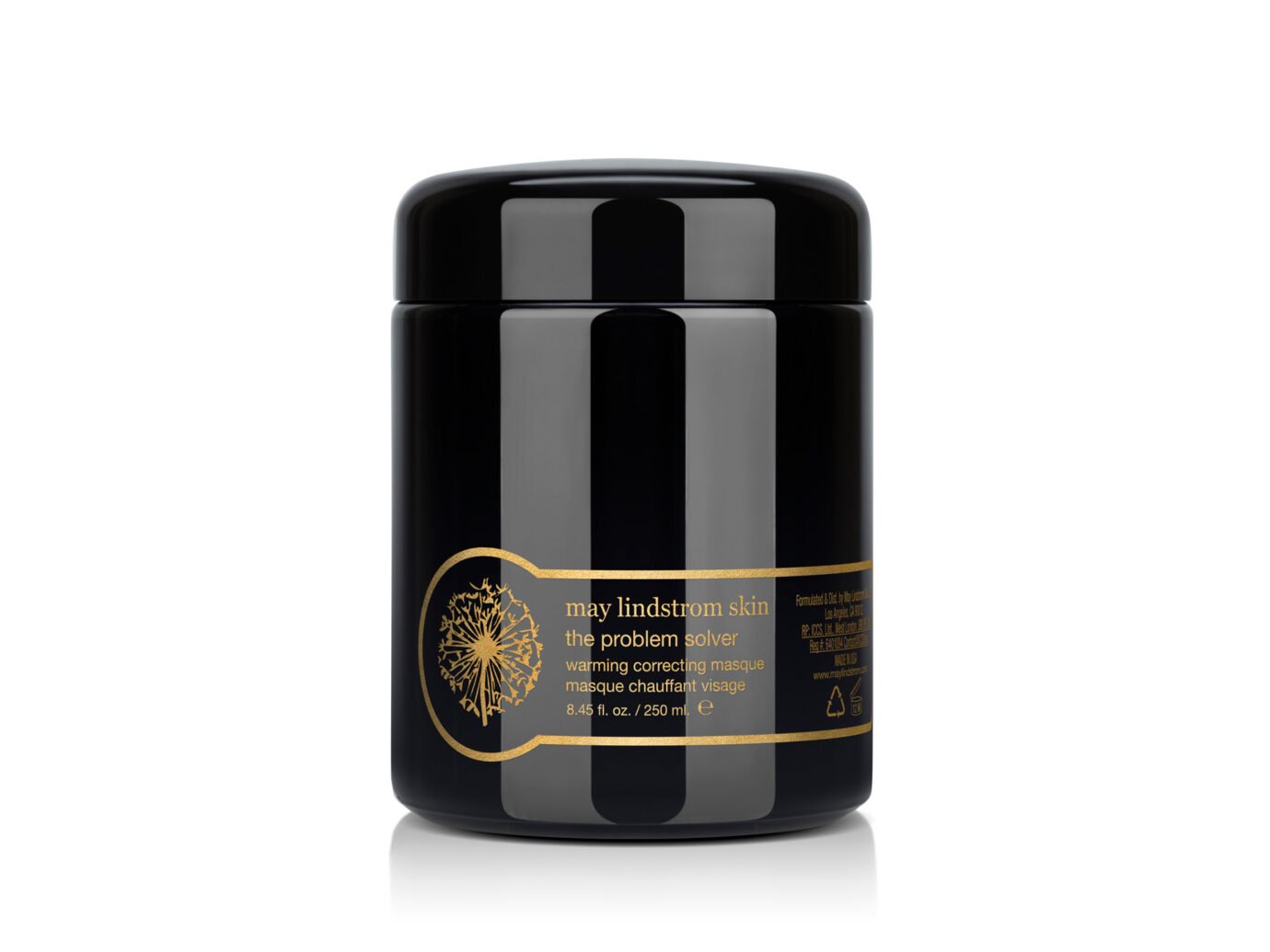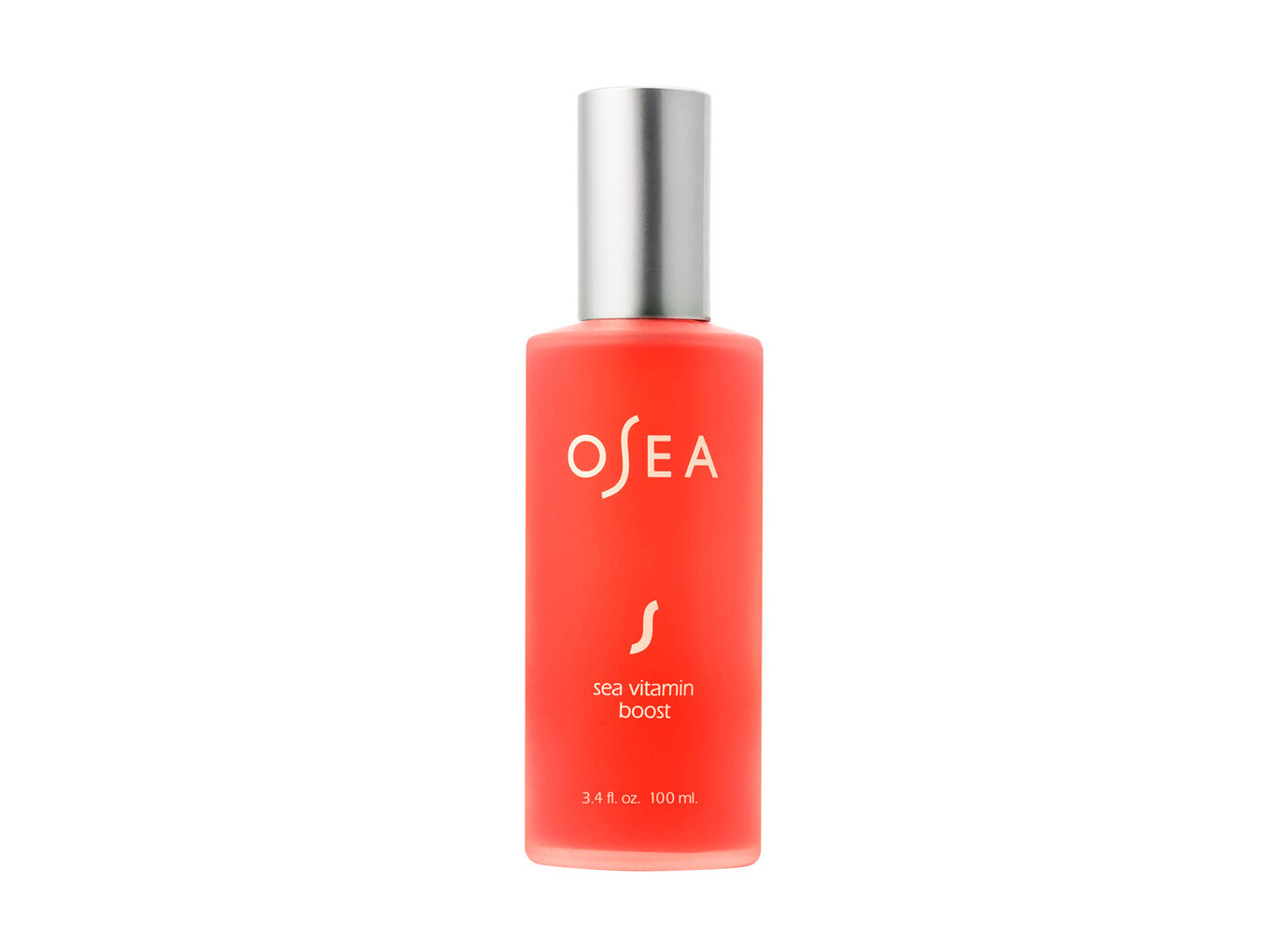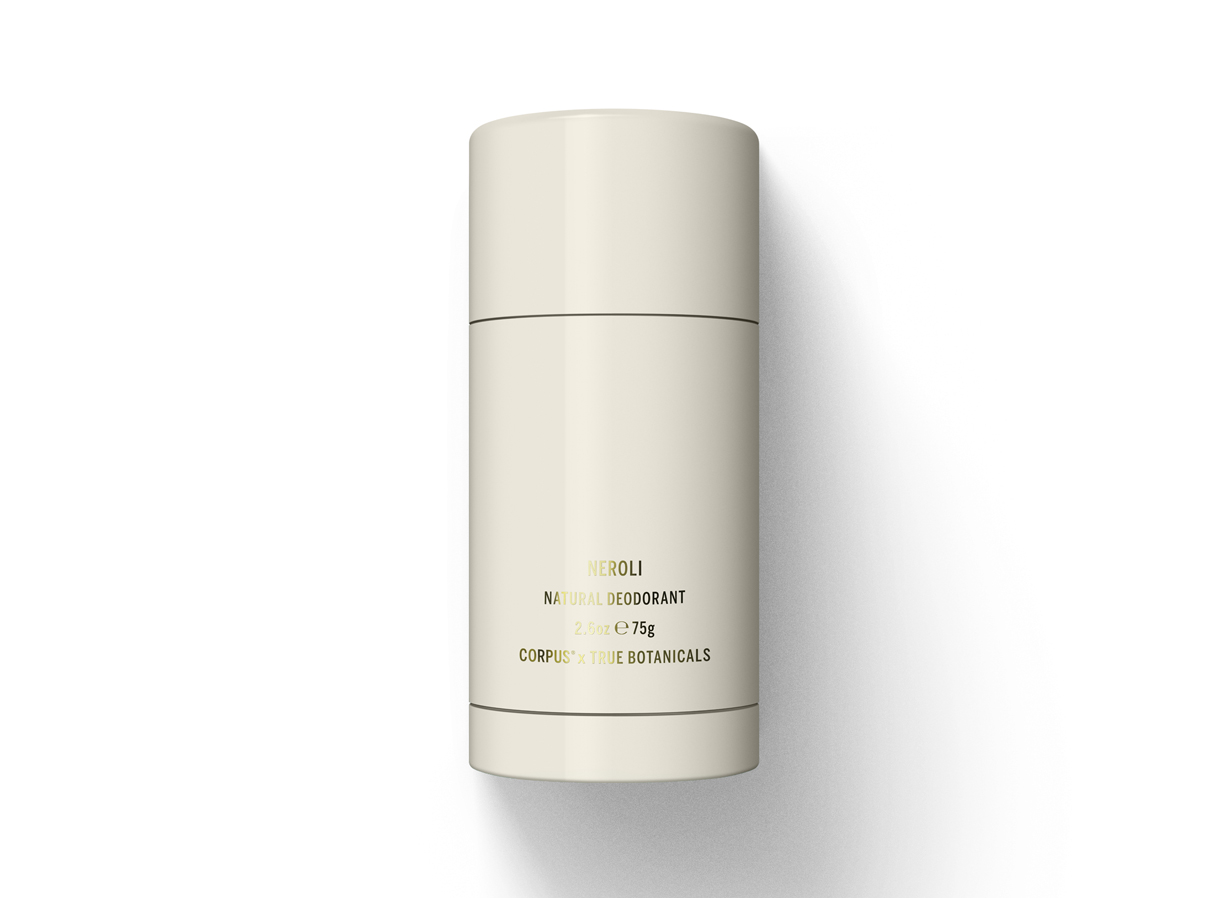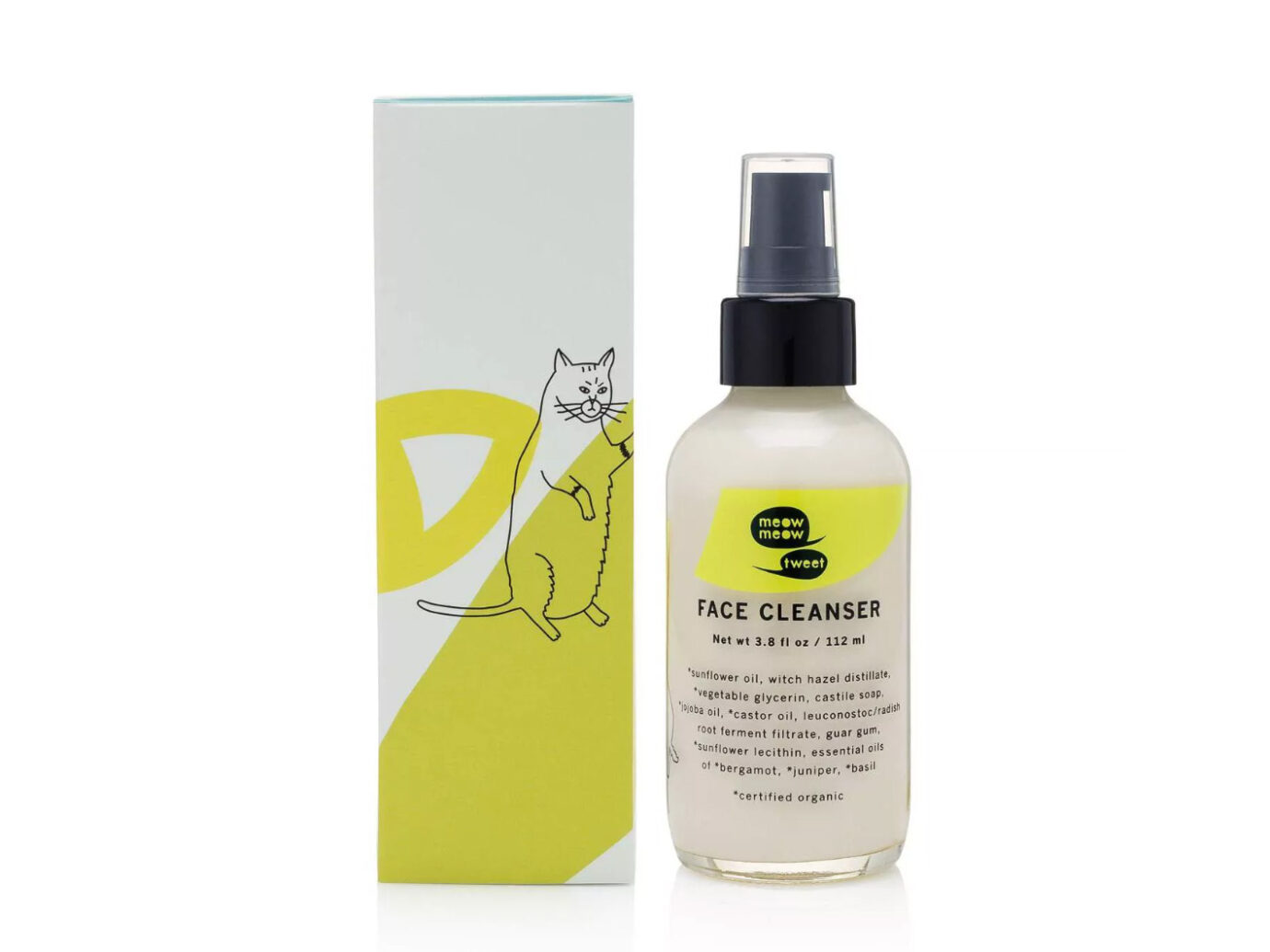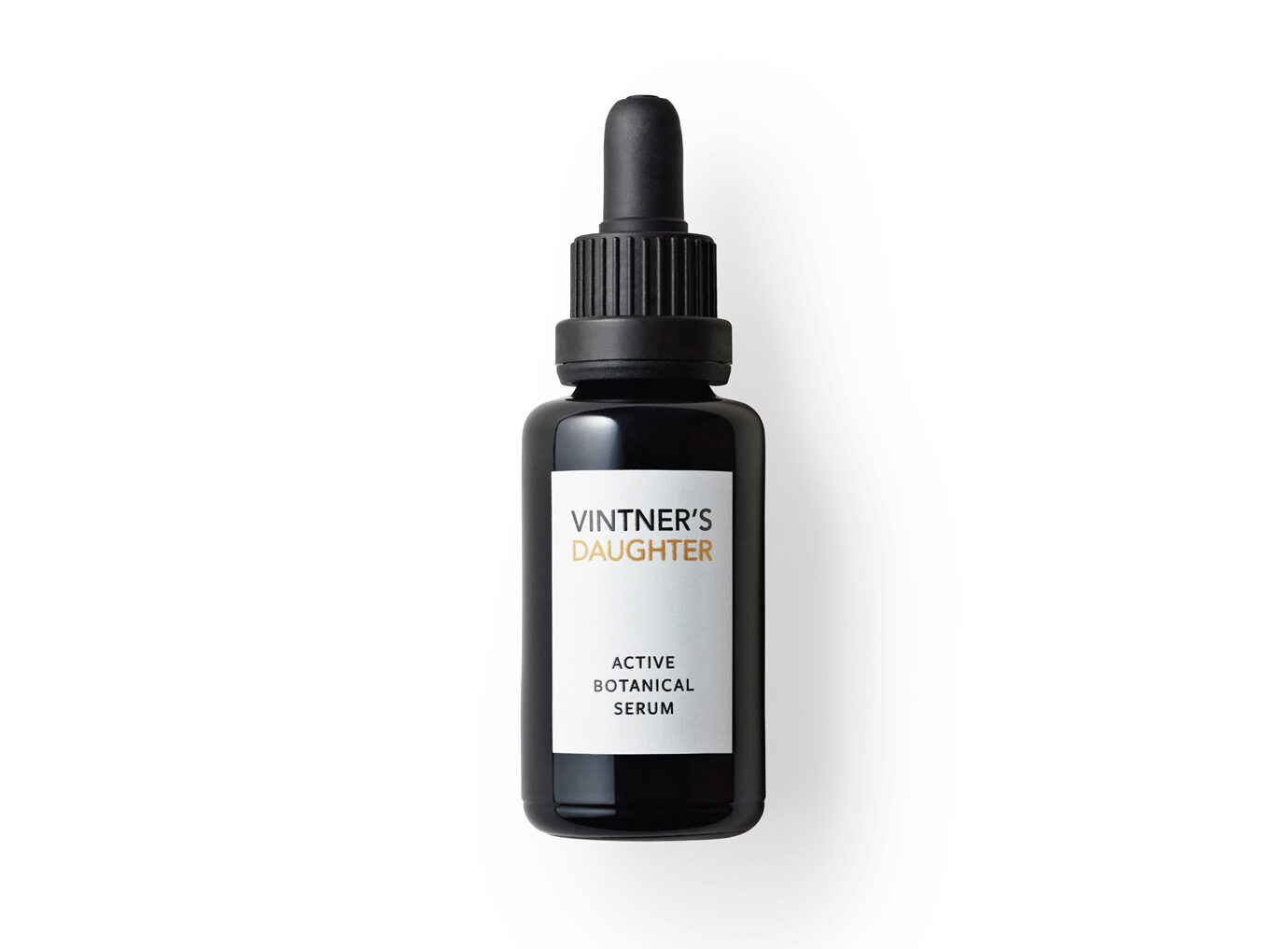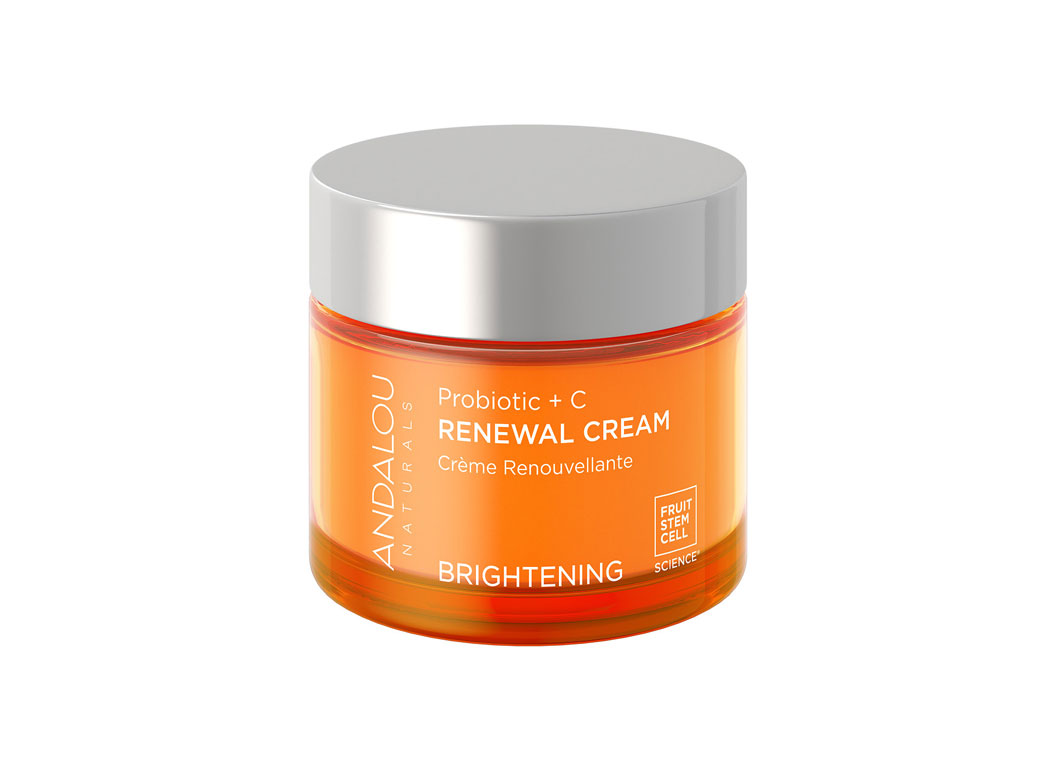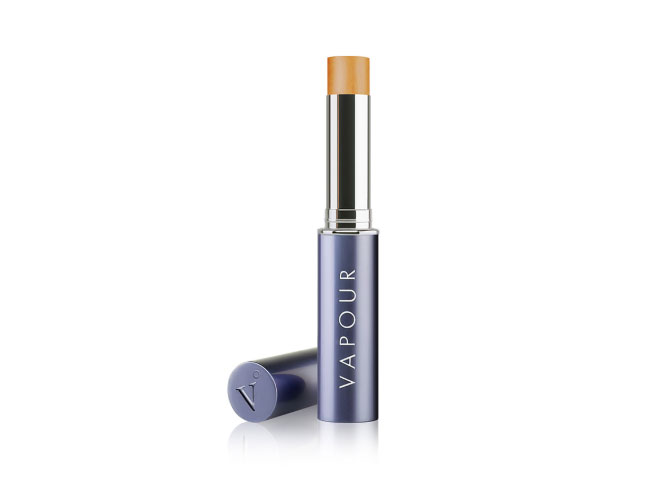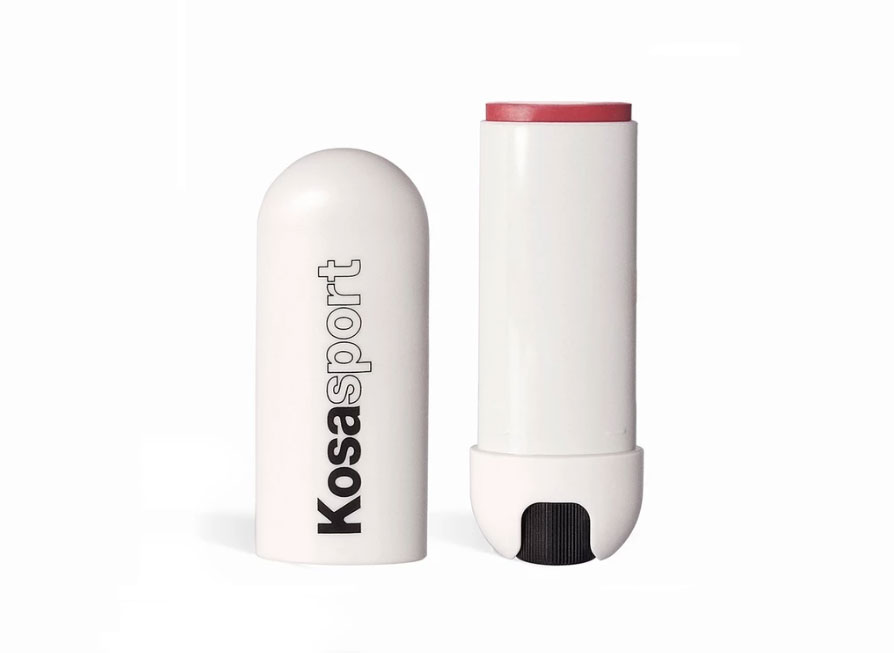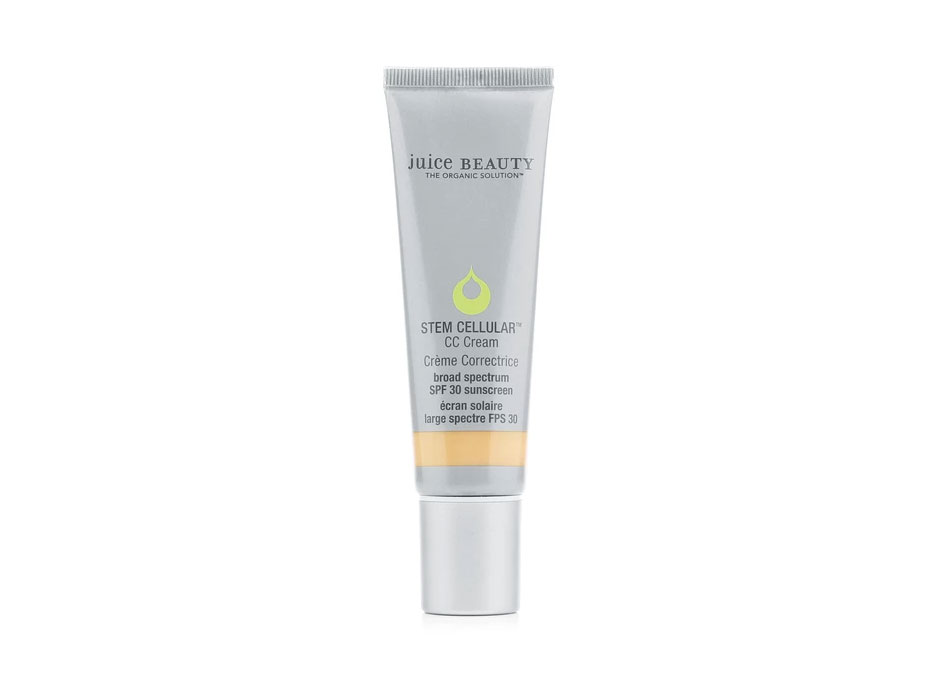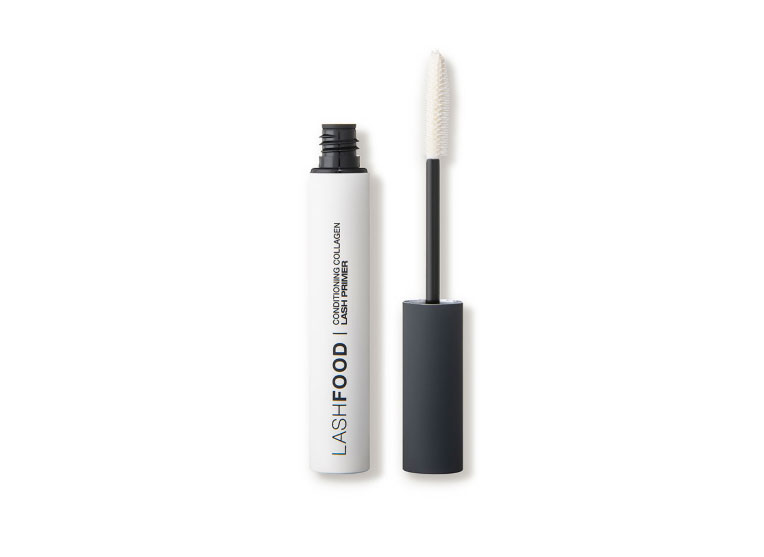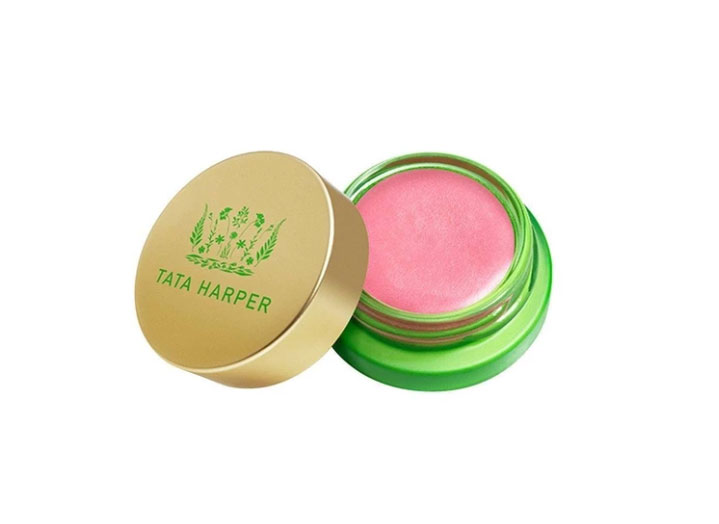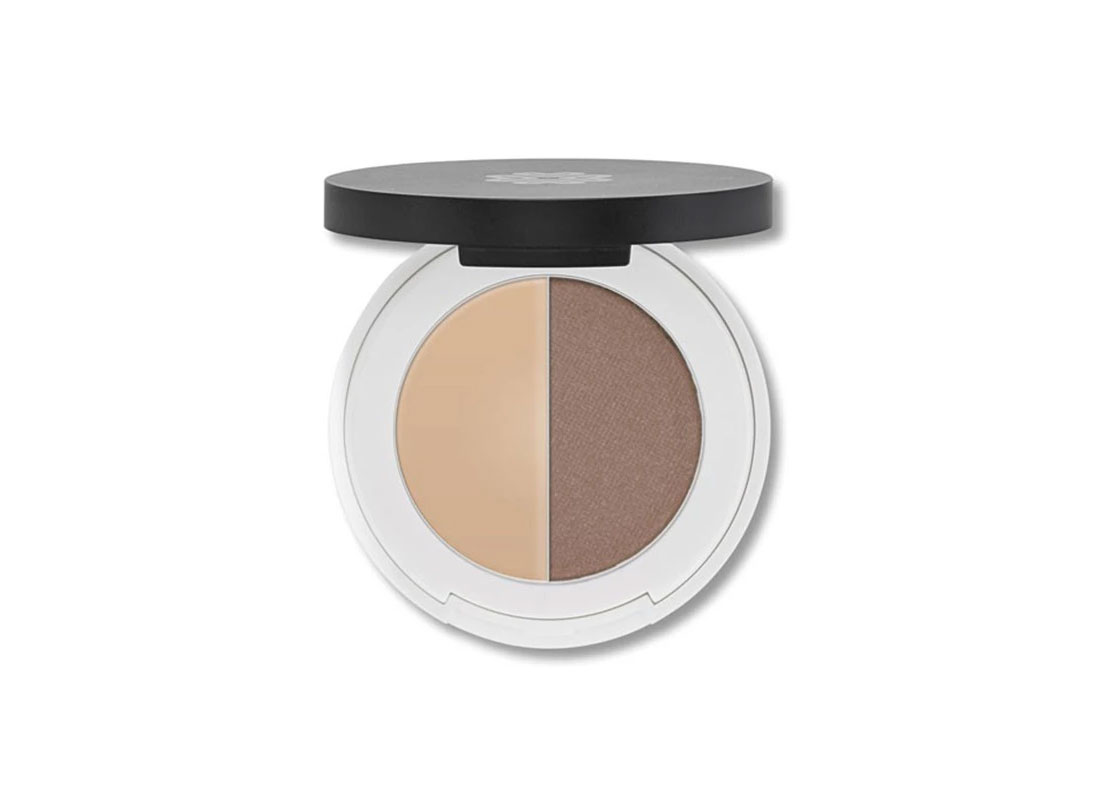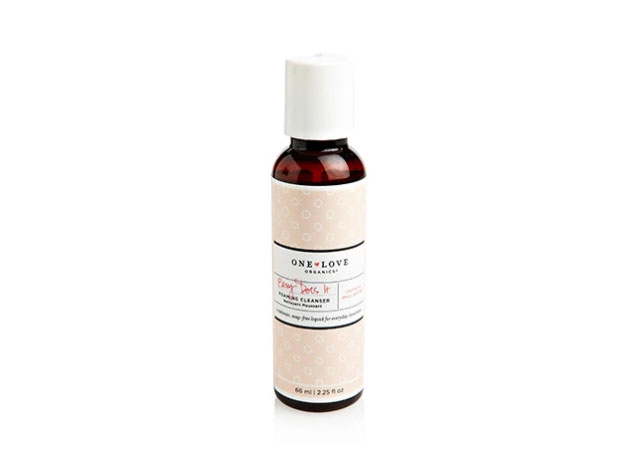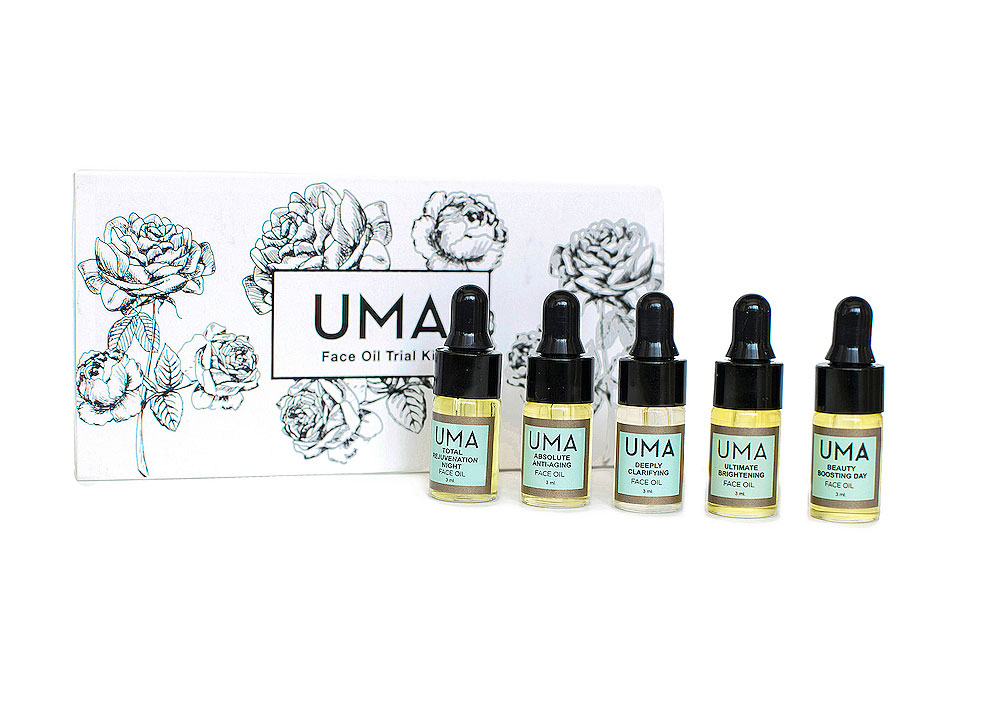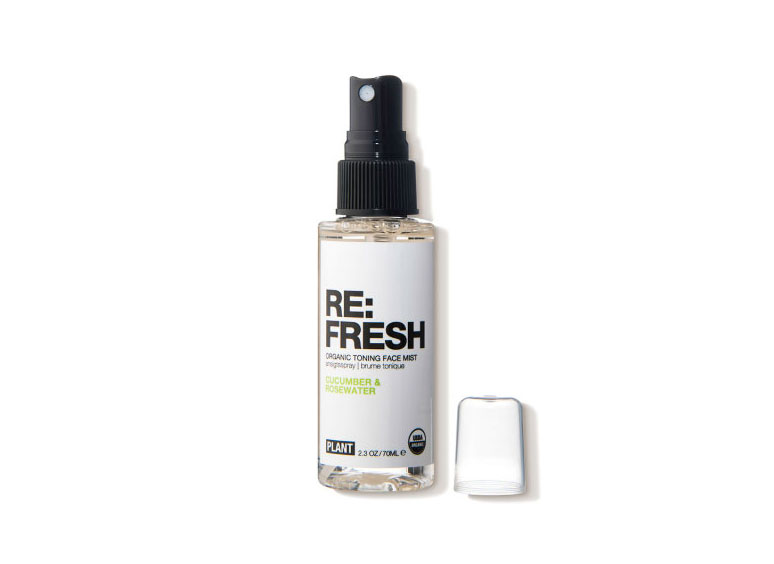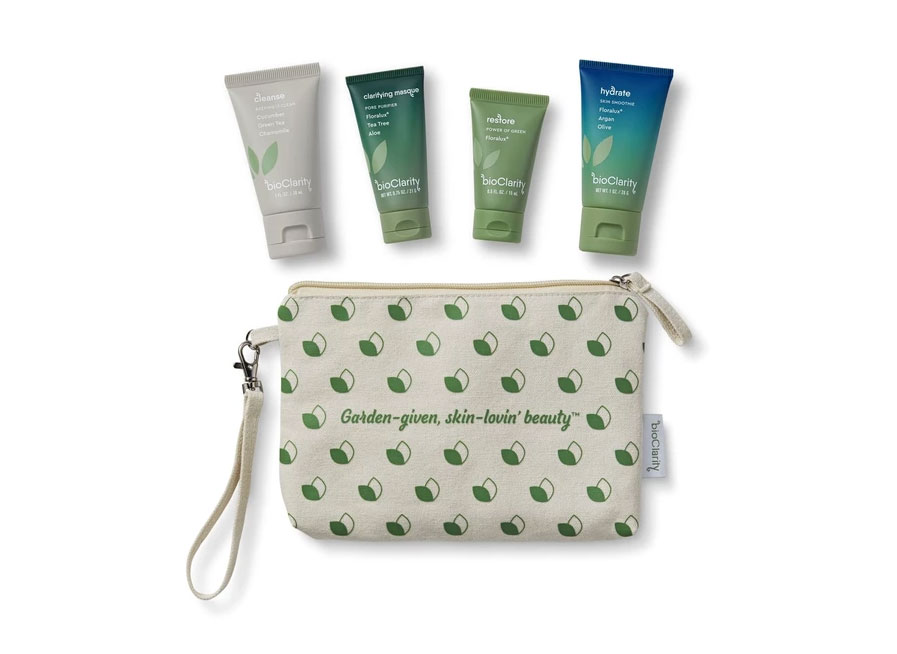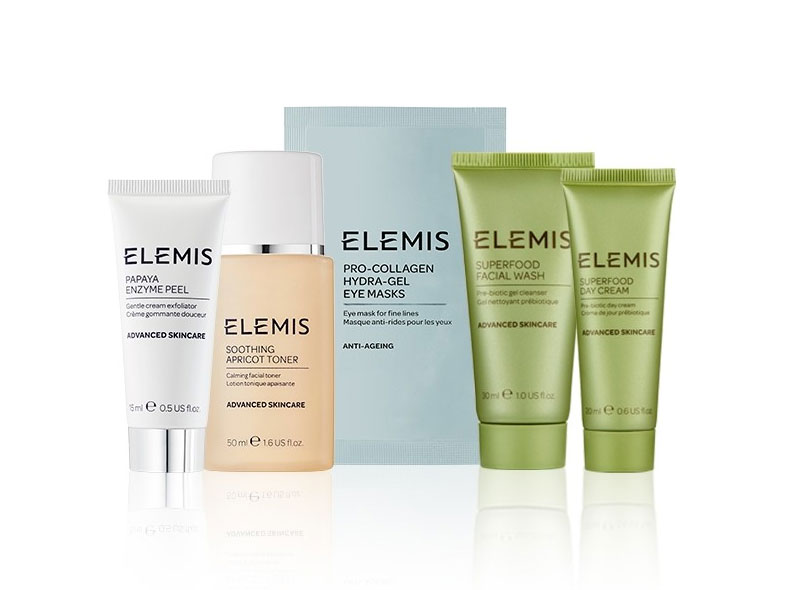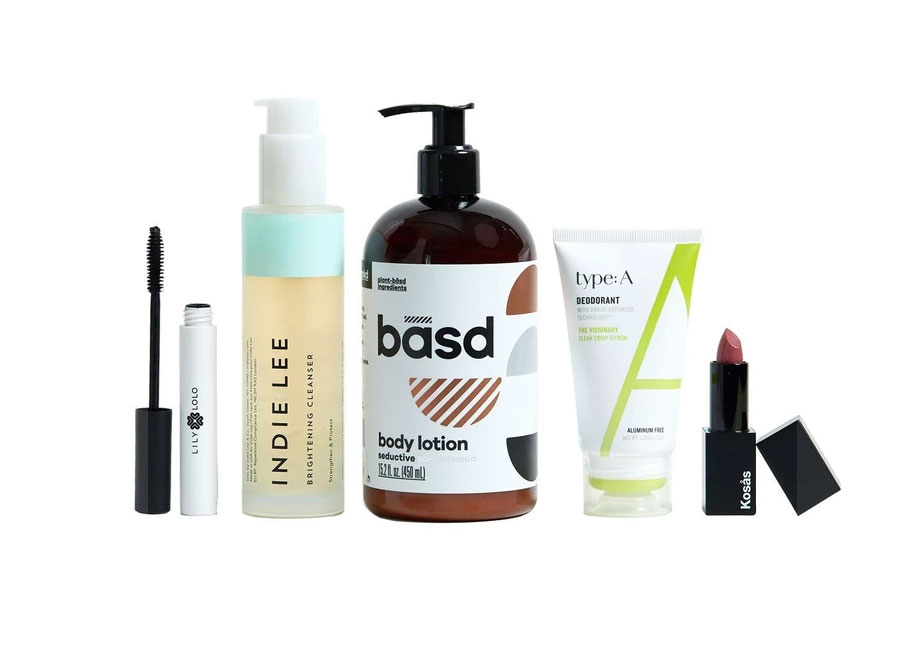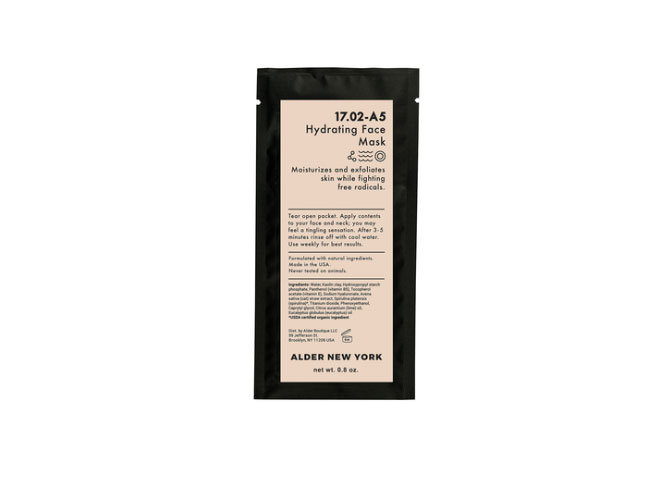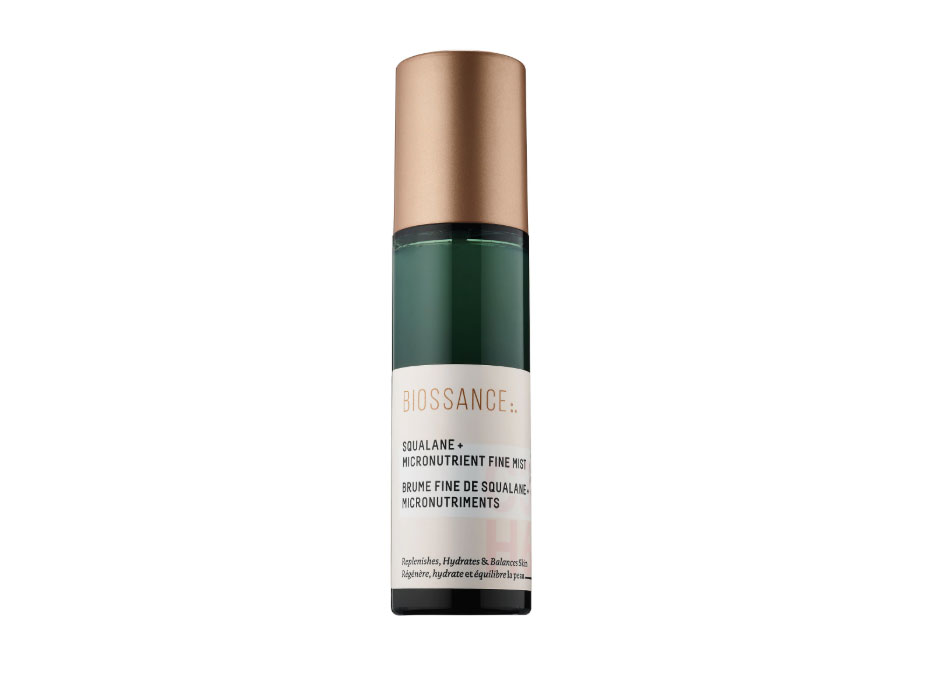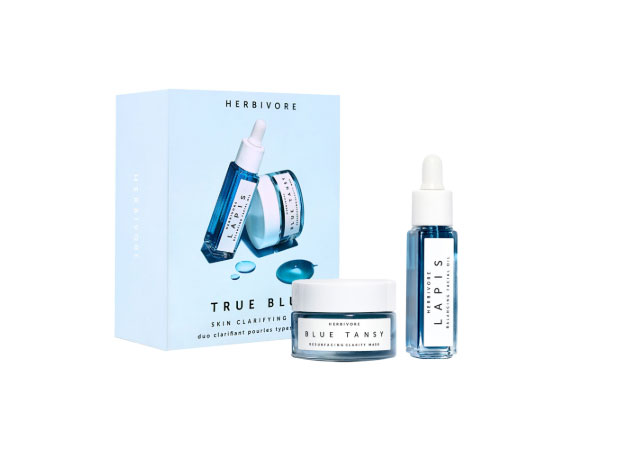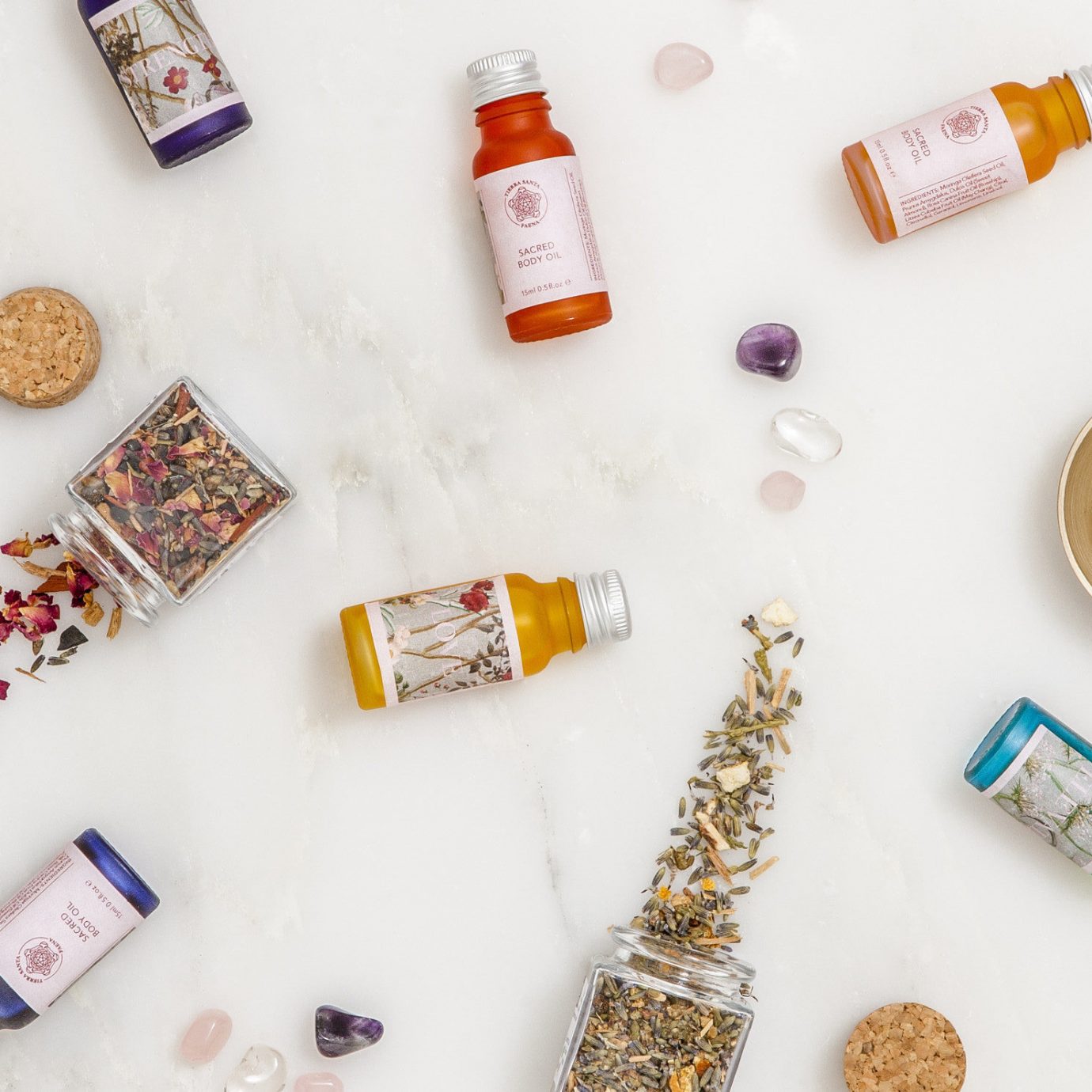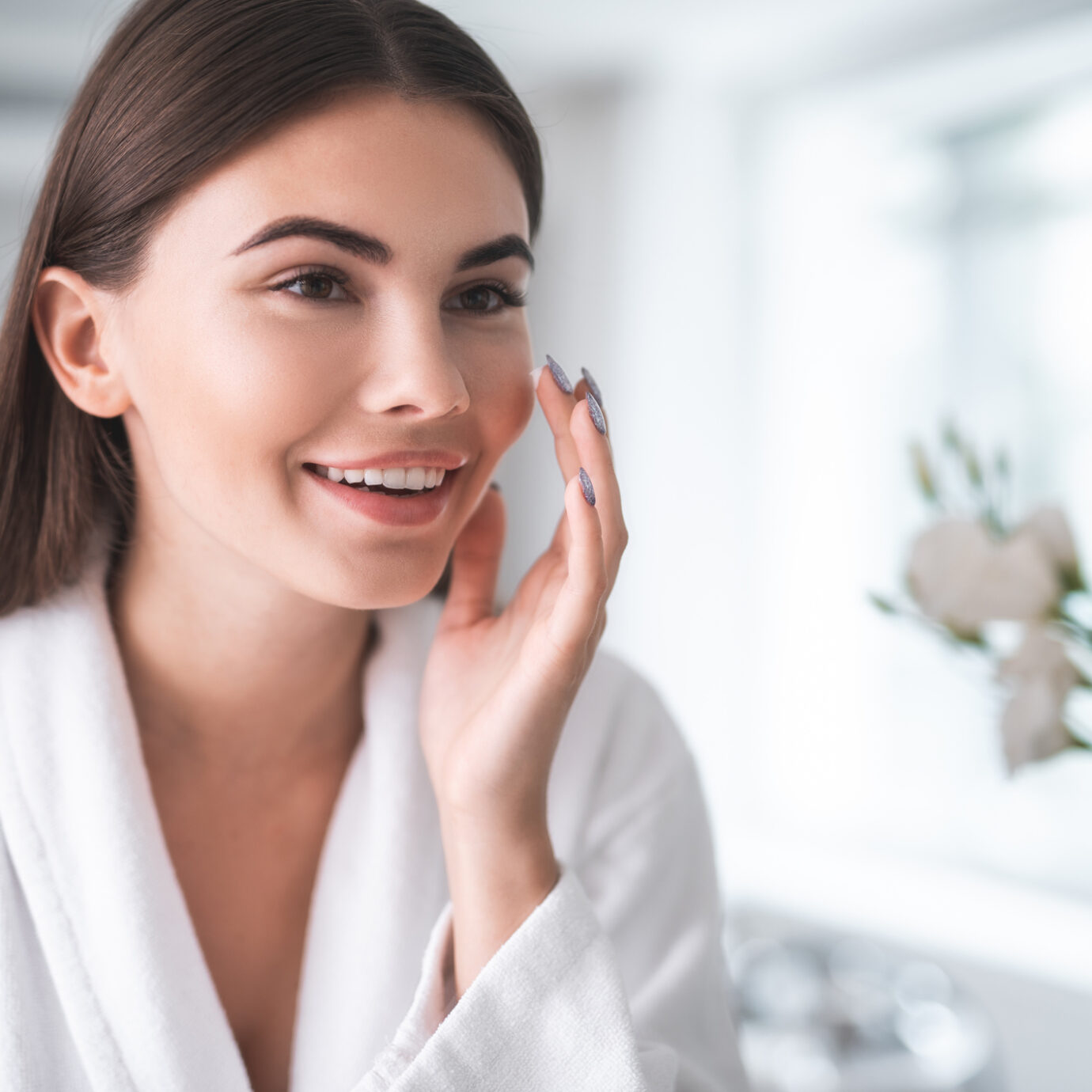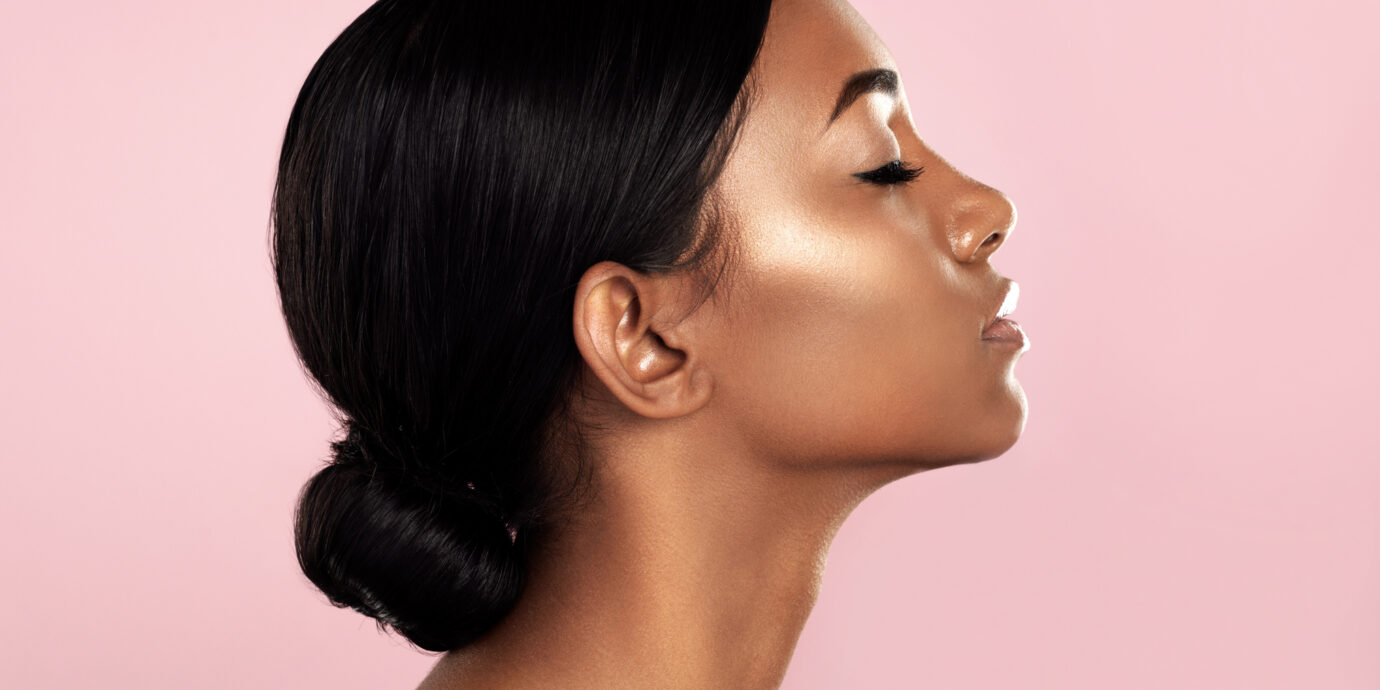
The Ultimate Guide to Clean Beauty
Is clean beauty a worthwhile investment, or just another industry buzzword? We talked to experts to get to the bottom of what the term really means, how to shop for it, and which products to try.
Style + Travel Editor | Instagram @jackiehoman | jackiehoman.com
What is “clean beauty”?
Put simply, “clean beauty” means beauty products that are safe for both people and the environment, says Holly McWhorter, co-founder of PLANT Apothecary, a brand that specializes in clean, organic bath and skincare products. To her company, that means the ingredients can’t be harmful to the user in either the short term or the long term; the growth production of the ingredients and packaging cannot pollute the ground, water, or air; the products themselves must be biodegradable, and the packaging must either be biodegradable or recyclable.
Clean beauty is also associated with transparency—which means customers know exactly what makes up a product. Tara Pelletier, co-founder of Meow Meow Tweet, a small-batch clean skin/hair/body brand, says she always discloses the full ingredient list (down to the scent) and uses elements that are easy to understand. “Don’t just take a product at face value. Look at the back of the bottle and get to know what’s in it. If we hold companies accountable, they ultimately make better decisions,” says Pelletier.
Clean beauty, green beauty, natural beauty, non-toxic beauty, organic beauty…what’s the difference?
The truth is, the clean beauty movement is filled with buzzwords, and those buzzwords are hard to regulate. “It’s tough to draw clear lines of distinction between those terms, since they mean different things to different people—with the exception of ‘organic,’” McWhorter explains. The term “organic” is regulated by the USDA, which requires products labeled with the word to contain a certain percentage of ingredients grown without pesticides, radiation, sewage sludge, or toxic chemicals, and they have to be manufactured in a facility that doesn’t use any toxic chemicals for cleaning, site maintenance, or anything else.
Pelletier agrees. To her, it’s most important for companies to be open about their sourcing. “They should clearly state which ingredients are organic, fair trade, cruelty-free, etc. on the packaging so a customer has that information when shopping,” she says.
Let’s talk cost—is clean beauty worth it? Should you make the switch?
While there are lots of luxury brands profiting off the trend, clean beauty doesn’t necessarily mean more expensive. Brands like PLANT Apothecary and Meow Meow Tweet, among many others, strive to create affordable options that are healthier for your skin and the earth. How do they do it? “When I’m looking at ingredients, I focus on ones that are sort of flying below the radar,” says McWhorter. She’s most proud of her brand’s SUPERFACIAL face oils. “They’re loaded with plant oils that I chose for their proven benefits for skin, like stimulating collagen production, protection from the elements, soothing irritation, and smoothing out hyperpigmentation—so they really do work as well as a lot of the synthetic lab potions that flood the market.”
Pelletier also knows that some ingredients have better value than others. “Things like hemp seed oil and sunflower oil are amazing for skin and hair, but have a reasonable price point because of their high supply,” she says. Her commitment to operating as a sustainable company keeps prices down, too—the company’s low-waste philosophy helps them to avoid excessive spending and producing.
Ultimately, clean beauty is about personal and environmental health, not hype, gimmicks, or expensive taste. You don’t need to go on a shopping spree and try all the new products to participate—but if you already spend any amount of money on beauty and skincare, choosing healthier products is a worthy investment.
Where to Buy Clean Beauty and Skincare
Brands don’t always state the word “clean” on their labels, since it doesn’t have one agreed-upon definition. To make the search for healthy products easier, look for stores that do the work for you—the sites below sort their offerings into curated clean shops.
- Credo Beauty: The largest clean beauty store in the world, Credo Beauty stocks only products that follow its strict Credo Clean Standard, based on a “Dirty List” of ingredients linked to health or environmental issues
- The Detox Market: Here, it’s all about pure, green beauty, and no toxic ingredients from the Standards List are allowed in any products
- Verishop: The e-commerce site’s “Responsible Shop” is filled with fashion, home, and beauty products deemed “conscious and clean,” and you can sort by claims of “cruelty-free,” “fair trade,” and “organic”
- Sephora Clean: Even Sephora’s on board—look for the Clean seal on products across the site to ensure they’re safe from the worst ingredients, or shop the curated Sephora Clean page to see it all in one place
- Ulta Natural: Ulta is more lax than the above options; you can sort by natural products, but you’ll still want to double-check the ingredients lists—because “natural” doesn’t always equate to safe or biocompatible
- Department Stores: All your favorites—Nordstrom, Barney’s, Bloomingdale’s, Saks Fifth Avenue, Macy’s, even Target—offer some great clean beauty brands; just don’t forget to do your own research to make sure they’re up to your standards
Shop Clean Skincare Products
Shop Clean Makeup Products
Try Travel-Size Clean Beauty Products
Want more?
- 16 Wellness Buys We’re Loving Now
- 12 Korean Beauty Products That’ll Totally Transform Your Skin
- The Best Summer Makeup Tips to Try This Year
Here at Jetsetter, our editors curate everything you need to travel—and live—smartly, fashionably, and consciously. All of our market picks are independently selected. If you buy something we link to on our site, Jetsetter may earn commission.
Comments
All products are independently selected by our writers and editors. If you buy something through our links, Jetsetter may earn an affiliate commission.
Become a Jetsetter.
Use our insider connections to know where to go and what to do.
By proceeding, you agree to our Privacy Policy and Terms of Use.
Thanks for Signing Up!

